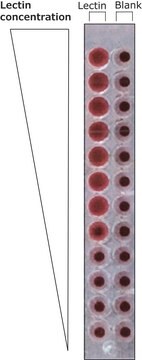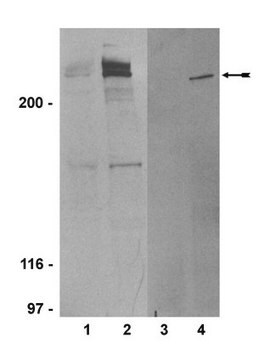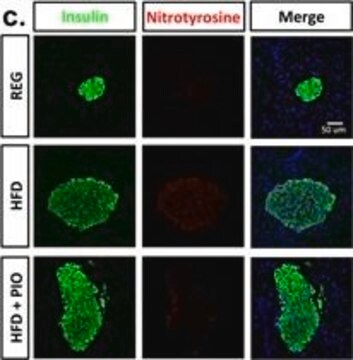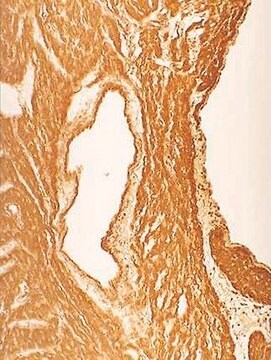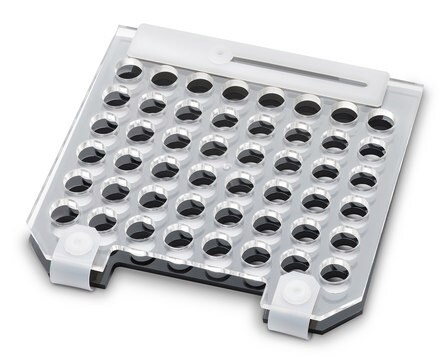07-214
Anti-dimethyl-Histone H3 (Arg17) Antibody
Upstate®, from rabbit
Synonym(e):
H3R17me2, Histone H3 (di methyl R17), H3 histone family, member T, histone 3, H3, histone cluster 3, H3
About This Item
Empfohlene Produkte
Biologische Quelle
rabbit
Qualitätsniveau
Antikörperform
affinity purified immunoglobulin
Antikörper-Produkttyp
primary antibodies
Klon
polyclonal
Aufgereinigt durch
affinity chromatography
Speziesreaktivität
human, vertebrates
Hersteller/Markenname
Upstate®
Methode(n)
ELISA: suitable
immunocytochemistry: suitable
inhibition assay: suitable (peptide)
western blot: suitable
Isotyp
IgG
NCBI-Hinterlegungsnummer
UniProt-Hinterlegungsnummer
Versandbedingung
dry ice
Posttranslationale Modifikation Target
trimethylation (Arg17)
Angaben zum Gen
human ... H3C1(8350)
Allgemeine Beschreibung
Spezifität
Immunogen
Anwendung
Epigenetik & nukleäre Funktionen
Histone
ELISA:
A previous lot of this antibody was used in ELISA. At dilutions greater than 1:2000 this antibody is specific for peptides containing dimethylated Arg17. No cross-reactivity detected with a peptide containing dimethylated Arg26.
Immunocytochemistry:
An independent laboratory showed positive immunostaining for CARM-1 specific methylation of Histone H3 in 3134 cells.
Qualität
Western Blotting Analysis: A 1:7,500 dilution of this antibody detected dimethyl-Histone H3 (Arg17) in Histone H3 treated with Histone-arginine methyltransferase (CARM1).
Zielbeschreibung
Physikalische Form
Lagerung und Haltbarkeit
Hinweis zur Analyse
Calf thymus histone preparation, Acid HeLa cell extract.
Sonstige Hinweise
Rechtliche Hinweise
Haftungsausschluss
Not finding the right product?
Try our Produkt-Auswahlhilfe.
Lagerklassenschlüssel
12 - Non Combustible Liquids
WGK
WGK 1
Flammpunkt (°F)
Not applicable
Flammpunkt (°C)
Not applicable
Analysenzertifikate (COA)
Suchen Sie nach Analysenzertifikate (COA), indem Sie die Lot-/Chargennummer des Produkts eingeben. Lot- und Chargennummern sind auf dem Produktetikett hinter den Wörtern ‘Lot’ oder ‘Batch’ (Lot oder Charge) zu finden.
Besitzen Sie dieses Produkt bereits?
In der Dokumentenbibliothek finden Sie die Dokumentation zu den Produkten, die Sie kürzlich erworben haben.
Unser Team von Wissenschaftlern verfügt über Erfahrung in allen Forschungsbereichen einschließlich Life Science, Materialwissenschaften, chemischer Synthese, Chromatographie, Analytik und vielen mehr..
Setzen Sie sich mit dem technischen Dienst in Verbindung.